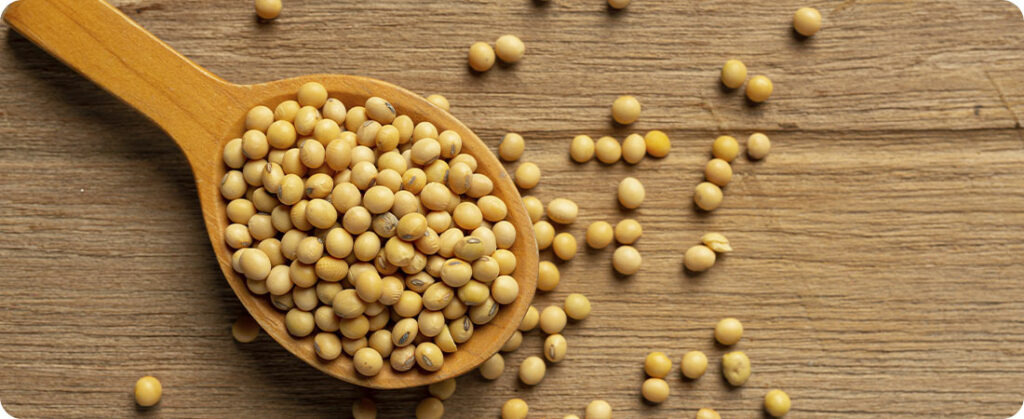
Brazil's 2023/24 soybean harvest is estimated at a record 158 million tons, already considering adverse weather effects in October and November in the Center-West, said Itaú BBA's Director of Agribusiness, Pedro Fernandes, during a balance sheet presentation. 2023 and prospects for 2024.
“This is our best expectation,” Fernandes told reporters this Tuesday.
According to him, the forecast also considers good rainfall expected for December, as the climate shows signs of improvement in the Central-West.
The manager of Itaú BBA's Agro consultancy, Cesar Alves, said that the El Niño phenomenon ended up being negative for Mato Grosso, contrary to initial expectations, bringing intense heat and lack of rain to Brazil's largest oilseed producer.
Private analysts have cut their crop projections soy, which had the potential to exceed 160 million tons. In the previous cycle, Brazil harvested 154.6 million tons.
Positive outlook for soybean harvest in Brazil despite climate challenges
This expected advance compared to last season, despite the adverse weather, is supported by an increase in the planted area and a good harvest expected in the southern states of Brazil.
“We are not so pessimistic about soybeans,” said Alves, highlighting that historically Mato Grosso has never had “a drop greater than 10%”.
“And some numbers explore a bigger drop (in Mato Grosso).”
The expert considered that the forecast depends on confirmation of rain in December. “It is certain that, if it doesn’t rain in December (in the Midwest), things will get complicated.”
A harvest of 158 million tons would be enough for Brazil, the largest producer and exporter of soybeans, to serve the domestic and foreign markets, in the bank's view.
Brazil could still export around 100 million tons of the oilseed next year, compared to a previous potential of 103 million tons and against 98.1 million tons in 2023.
Corn
Alves said that, on the other hand, the scenario for second harvest corn became “more worrying”, given the delay in the soybean harvest, planted before the cereal.
He assessed that it will only be possible to “calibrate” the impact of the delay from soybeans to corn in the Midwest in February, when the soybean harvest ends.
Alves recalled that, however, there was already a “desire to reduce the planted area” of corn, due to the lower margin amid the fall in prices.
The climate risk for corn thus increased due to the delay in planting soybeans. This therefore generates doubts among producers regarding the appropriate time to plant the cereal.
“It is possible that the impetus to reduce the area will increase,” said Alves.
Itaú BBA is therefore taking over the state-owned company Conab's scenario for corn. The forecast indicates that Brazil could produce, however, 119.1 million tons in 2023/24. This therefore represents a drop compared to 131.8 million last season.
Corn exports are, however, expected to decline to 38 million tonnes next year. In 2023, Brazil will certainly become the largest global exporter, totaling 52 million tons. In 2024, the country would once again fall behind the USA, considering the lower production expectations.
Source: Roberto Samora | Notícias Agrícolas












